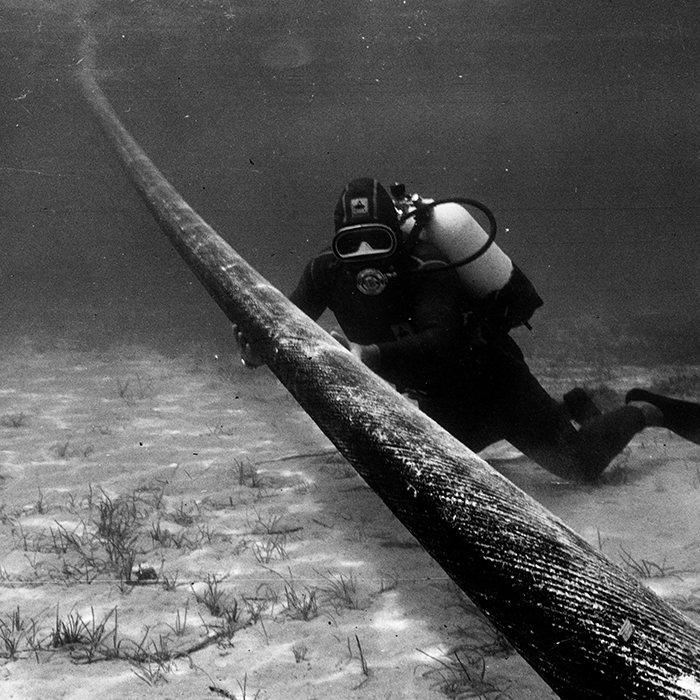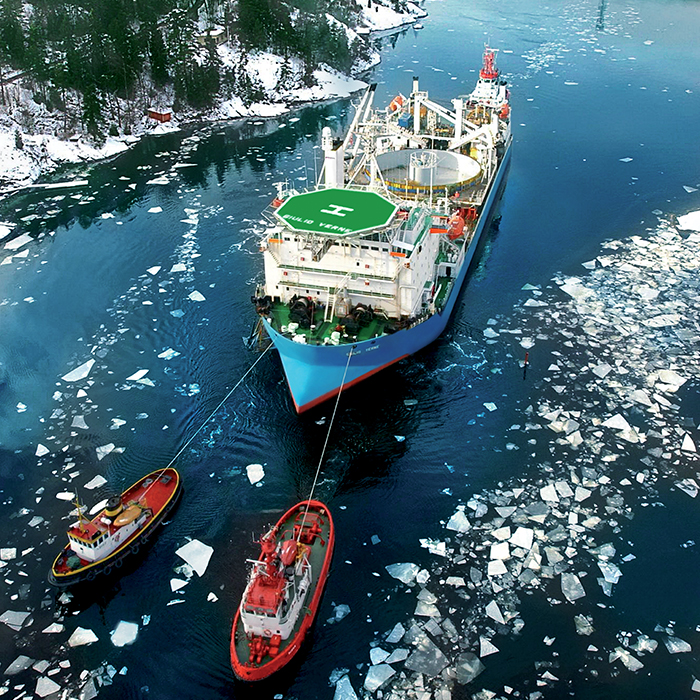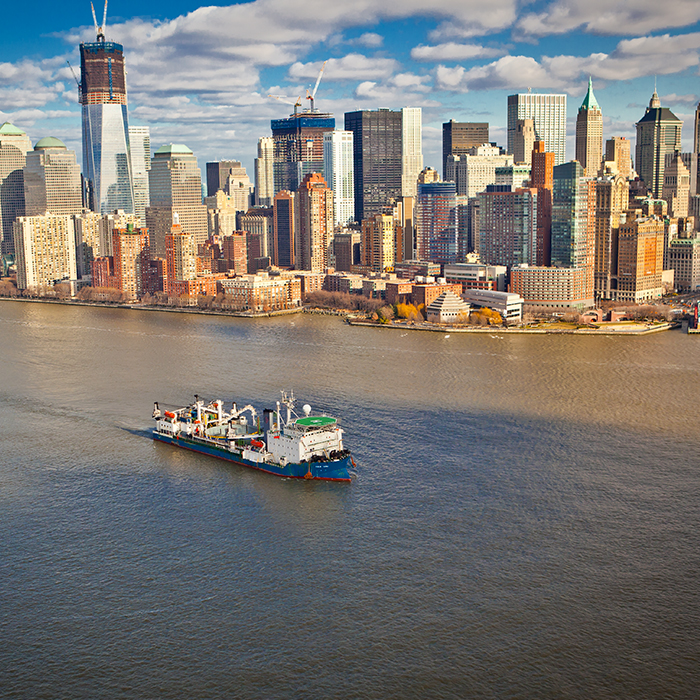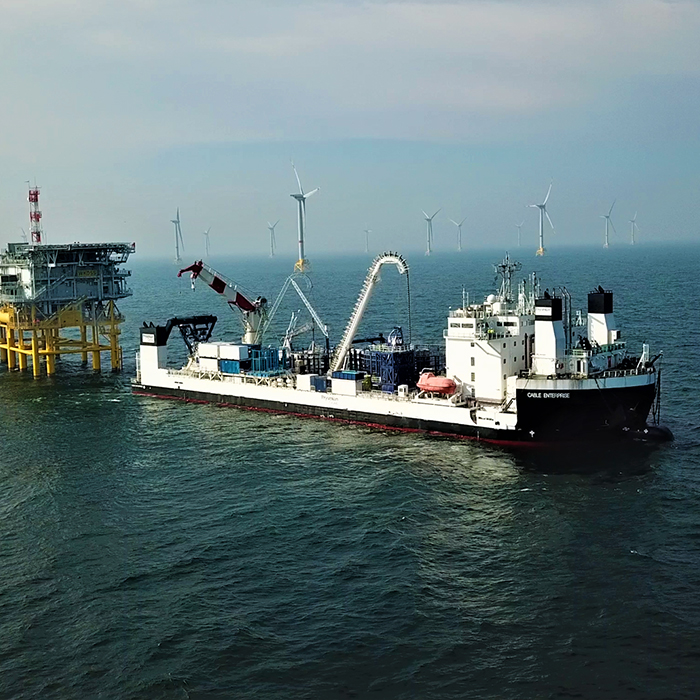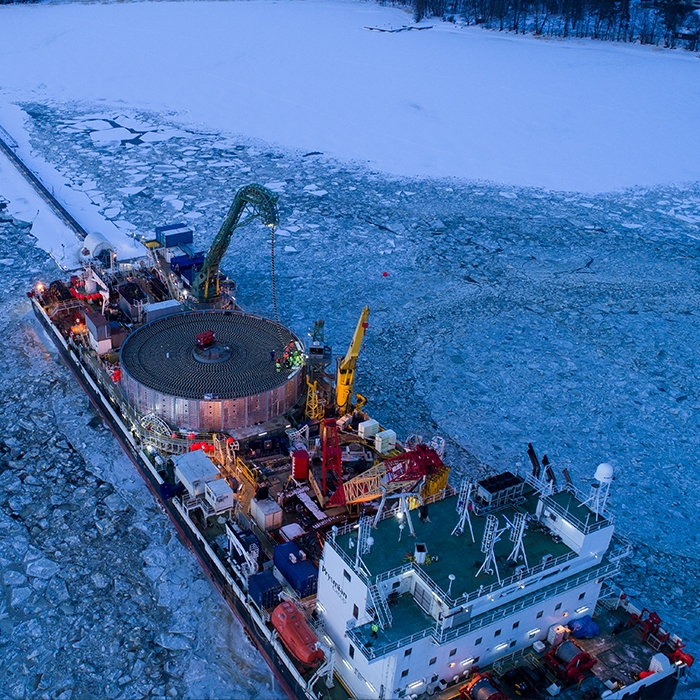Laying the backbone of the world
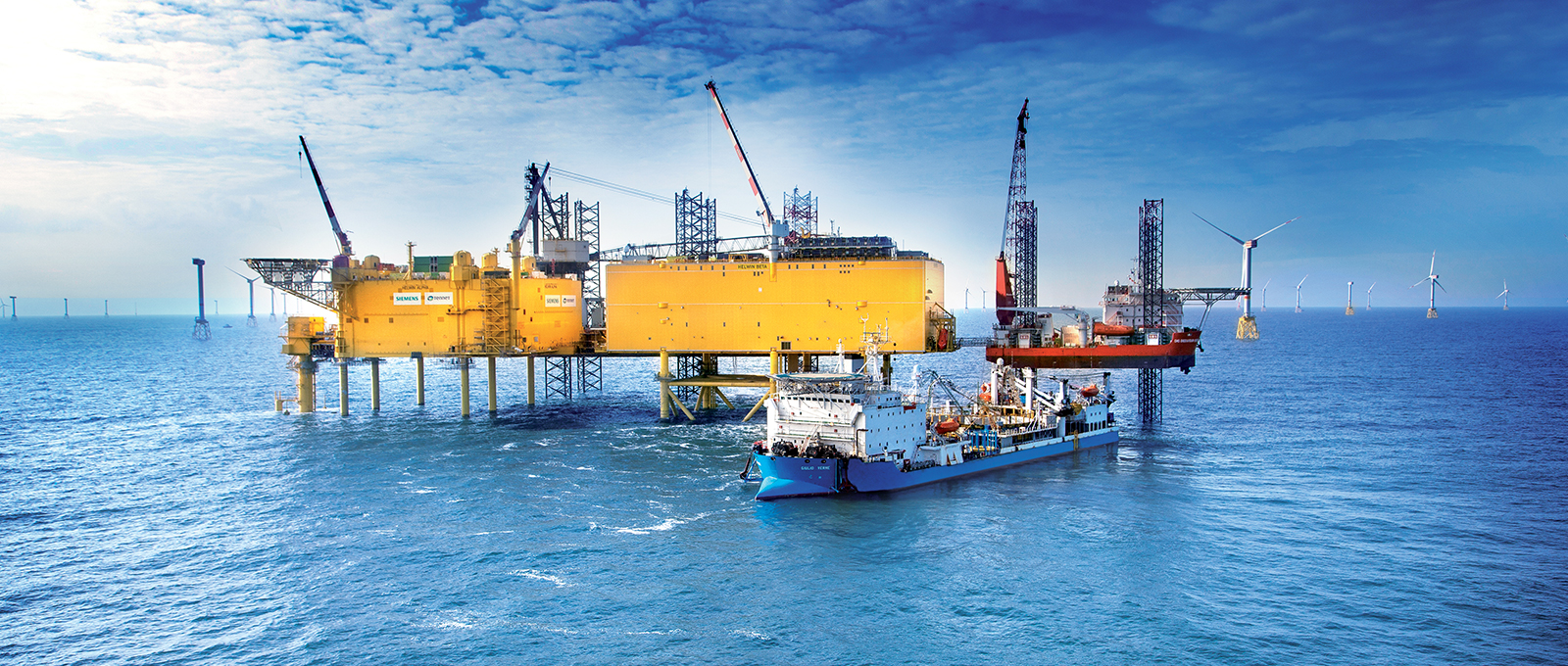
Towards the close of the century, Pirelli achieved worldwide technology leadership in submarine telegraphic cables. To support the market growth, Pirelli opened a plant in La Spezia specifically dedicated to the production of submarine telegraphic cables. In 1885, to cover the fast and increasing demand for submarine cables, Pirelli built a cable-laying steamship, the Città di Milano, a 77-metres-long vessel able to transport up to 450 kilometres of submarine telegraphic cables. The Città di Milano operated in many regions, from Italy to Spain, from the Red Sea to the Indian Ocean, to then sink in 1919 off to the Aeolian Islands in Sicily. She was replaced with the Città di Milano II, a military vessel that was already used by the Italian Navy and that Pirelli refitted for commercial purposes related to submarine cable laying. After 8 September 1943, date that marked the armistice of Italy with the Allies, the crew basically sank the vessel in order not to give it to Germany.
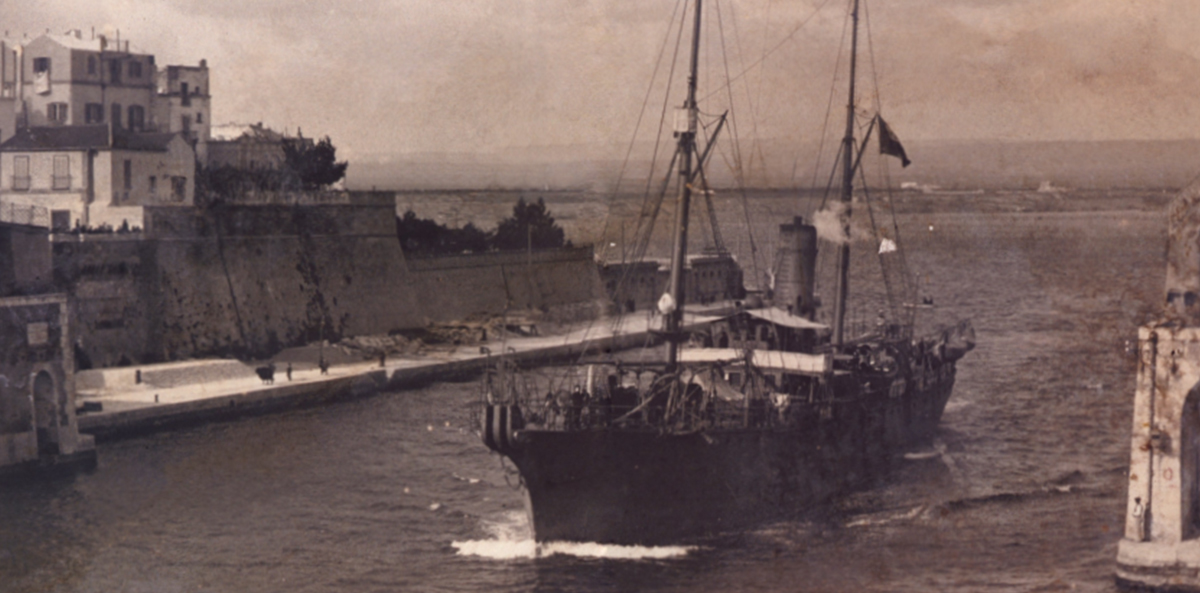
The 1960s
SA.CO.I is a submarine 200 kV HVDC interconnection for power transmission between Sardinia, Corsica and the Italian mainland. Laid in 1965 and completed in 1967, the submarine interconnection was a historical milestone in terms of installed length (it is about 120 kilometres long, of which 103 kilometres between Tuscany and Corsica, and the rest across the Strait of Bonifacio), electrical transmission capacity (300 MW) and sea depth reached (450 metres). Moreover, the interconnection has been in operation for longer than any other subsea power cable in the world, testifying to the reliability, efficiency and effectiveness of the technology. In 2017, the Group celebrated the 50th anniversary of the taking over of the SA.CO.I interconnection, which marks a world record for the operation of a HVDC submarine cable link.
The 1980s
Moreover, in the mid-1980s, the Company was one of the two cable suppliers for the Cross-Channel project, a 270 kV HVDC submarine interconnection under the English Channel between the UK and France. The 2,000 MW Cross-Channel link was completed in 1986.
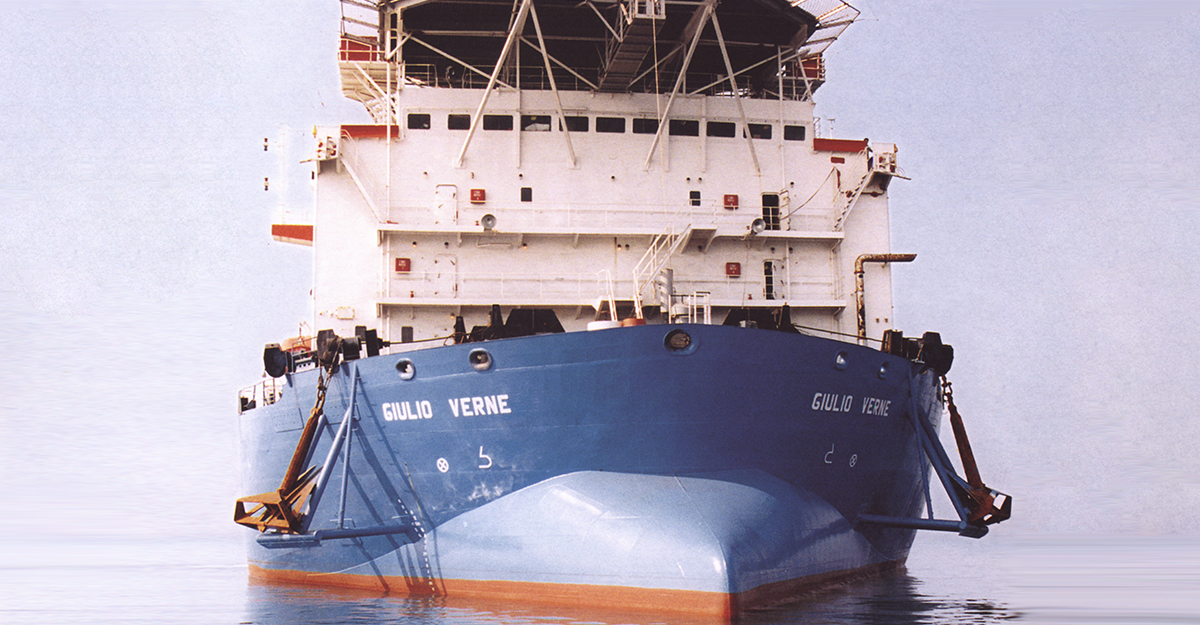
“This project was also significant for another reason. One of the two selected installation operators, ITM Offshore Ltd, used its own purpose-built cable-laying vessel, the ITM Venturer. In 1988, the ship was bought and entered into the Pirelli Group fleet, being renamed Giulio Verne. Today, after more than 30 years of service this cable-laying vessel is still a vital part of Prysmian fleet.”

Sebastiano Aleo
Director of Submarine Systems Installation Department
The 1990s
In 1990, the Company implemented the first of various cable-laying projects in the USA. Working with the New York Power Authority (NYPA), a high voltage submarine cable system (345 kV AC) was installed to increase the transmission capacity in the New York State, between the mainland and Long Island. To this purpose, a refitting of the vessel was required: a 25 m external diameter carousel, able to load 7,000-tons of cable, was added to the Giulio Verne and state-of-the-art technologies were implemented.
In those years, the Company was committed to installing also two main optical submarine cable infrastructures: one in Italy, where around 4,000 kilometres of cable festoons were installed along the Tyrrhenian coast, linking also Sardinia and Sicily to the Italian peninsula, and one around the Malaysian coast for about 1,600 kilometres.
The 2000s
With the Italy-Greece submarine 400 kV DC interconnection transmitting 500 MW of power, a further important milestone was achieved: the Company laid a submarine power cable at an impressive record water depth of 1,000 meters across the South Adriatic Sea. To this purpose, a new cable laying machine, a 6 meters diameter capstan able to withstand a mechanical force of 50 tons, was installed on-board of the Giulio Verne.
Another important project implemented in 2004-2005 was the Basslink, a 500 MW - 450 kV DC submarine cable system of 370 kilometres (of which almost 300 km at sea) linking the state of Victoria and Tasmania in Australia. The project presented special challenges associated with the very rough sea conditions often found in the Bass Strait and the logistical difficulties due to the long distance from Italy. Also for this project the installation was performed by the Giulio Verne, specifically configured to lay for the first time three submarine cables in bundle (HV, return and optical cables).
In July 2005, Prysmian was founded through the acquisition of the energy and telecom cables and systems activities of Pirelli. More information available here.
In 2008-2010, the SA.PE.I. project, a submarine 500 kV HVDC interconnection with a total transmission capacity of 1,000 MW, required the laying of two poles connecting Sardinia and the Italian mainland in Lazio, whose installation operations were performed by the Giulio Verne. The system, developed on a submarine route of 420 kilometres (and 20 km of land route), with a maximum sea depth of 1,600 meters, still remains a worldwide record in terms of the water depth ever reached during installation of a power cable.
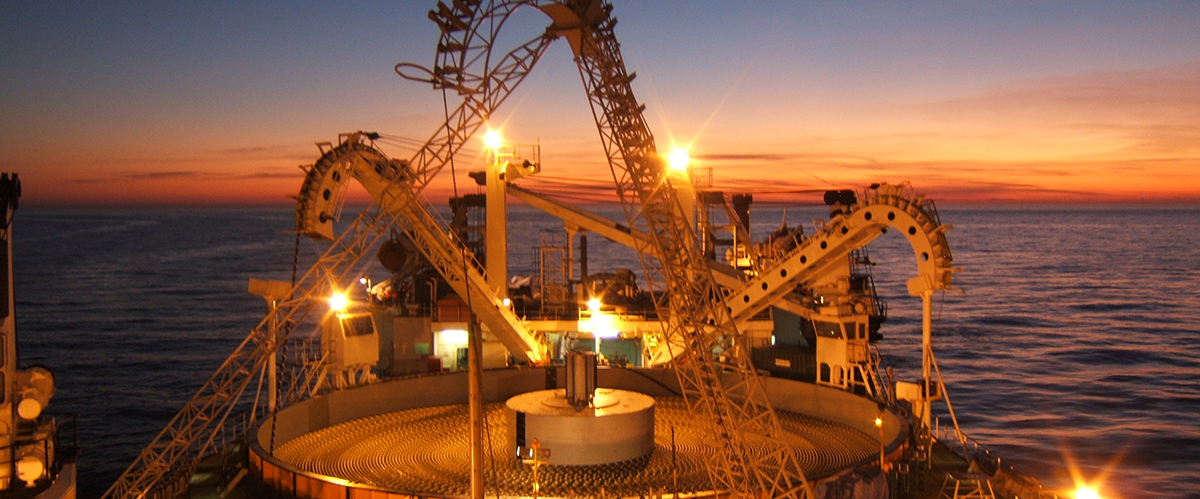
The 2010s
The 2010s
In 2011-2012, Prysmian implemented a strategic underground and submarine 345 kV HVAC interconnection to transfer 660 MW between New York City and the New Jersey transmission grid, most of which ran under the Hudson River.
Starting from 2014, the Western Link project was installed allowing HVDC power transmission from renewable sources in Scotland to supply consumption centres in England. The contract set records in terms of voltage (600 KV) and unmatched transmission capacity for long-haul systems of 2,200 MW over distances in excess of 400 km. The link included land sections in Scotland, England and Wales, while the poles in the 380 km long submarine section in the Irish Sea were connected thanks to the Giulio Verne and wholly protected along the route.
In this decade, the Group has strengthened its market position also in offshore wind farm connections, with the implementation of major projects developed mainly in Germany, such as BorWin2, BorWin3, HelWin1, HelWin2, SylWin1, and DolWin3 (all HVDC projects between 250 – 320 kV) in the North Sea and the West of Adlergrund offshore wind farm cluster (3 core 220 kV AC) in the Baltic Sea.





